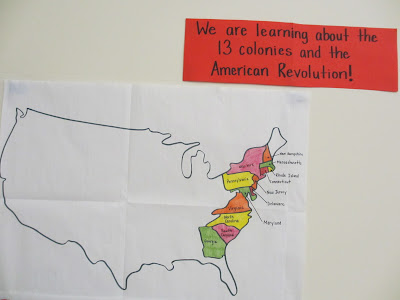Many people remarked that the kids sang so well when they performed our school play, Evacuation Day The Musical. Why not, we have naturally talented kids attending the Perkins School.
Actually, there's another reason as well. This is the second year that we've had our music teacher, Ms. Lynch. That means that the kids have had two years to learn about rhythm, tempo, and pitch as well as how to use them while singing.
Here's a sample class that Ms. Lynch might (and did) do with some first graders:
First come warm ups...
Stretching,
loosening your muscles including the jaw,
loosening your vocal chords and clapping out some rhythms to get in the mood.
Then since the kids were clapping, they ended up incorporating those movements into a game. Or, into a song. Actually, into a game that includes a song. Have you ever sang a hand-clapping game called "Mary Mack?"
- Miss Mary Mack, Mack, Mack
- All dressed in black, black, black
- With silver buttons, buttons, buttons [butt'ns]
- All down her back, back, back.
- She asked her mother, mother, mother
- for fifty cents, cents, cents
- To see the elephants, elephants, elephants
- Jump the fence, fence, fence.
- They jumped so high, high, high
- they reached the sky, sky, sky
- And didn't come back, back, back
- Till the the 4th of July, ly, ly!
-
-
Clapping is a natural accompaniment to singing. Ms. Lynch has shown the kids that reading can be too.
She had read this class a book called Ming Lo Moves the Mountain before. She had also taught them where and when to chime in by singing choruses that go along with the story.
Now, it's time for the kids' part!
"Go to the wise man. Listen very carefully. He will tell you what to do. So, go Ming Lo."








































